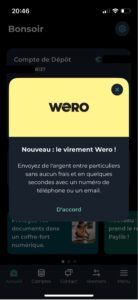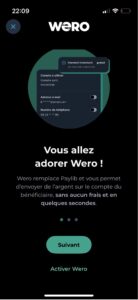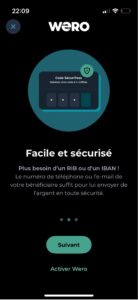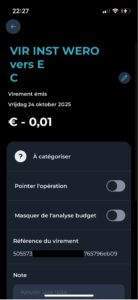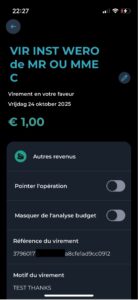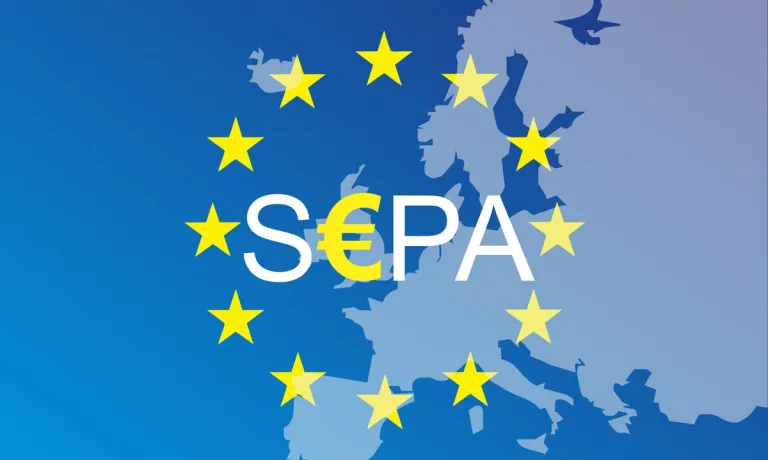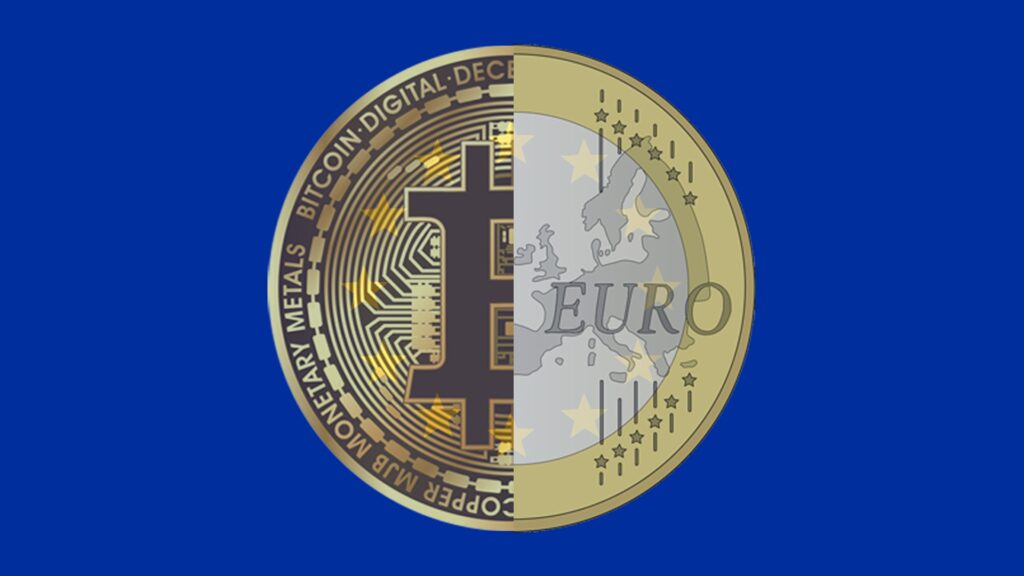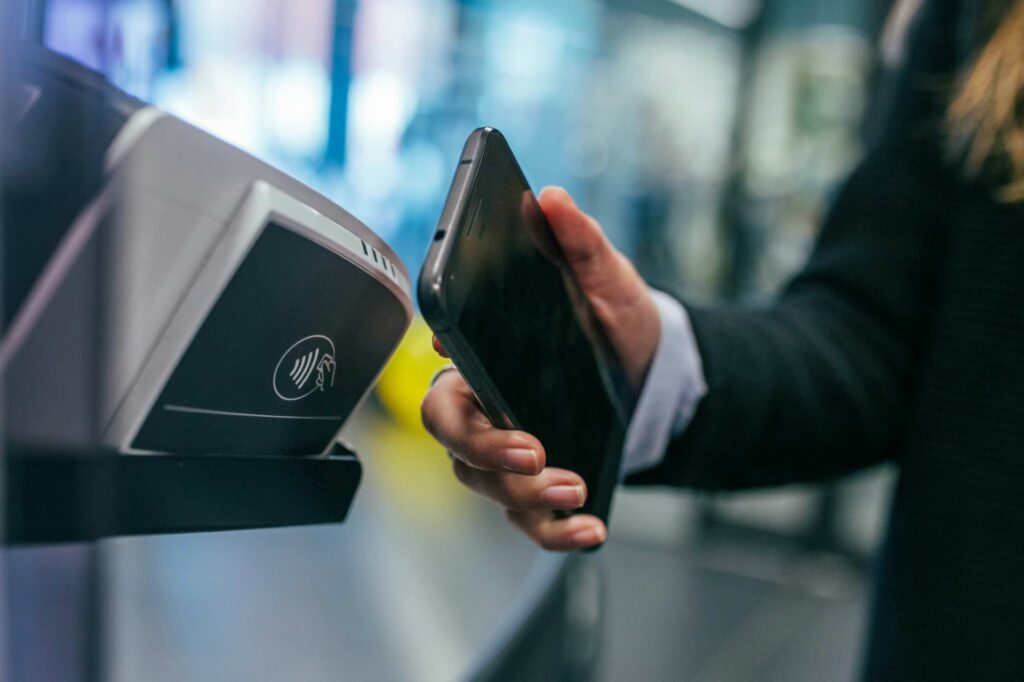As consultants operating in the payments space—whether working with banks, merchants, or PSPs—we often focus on infrastructure, products, and implementation. Understanding user experience is crucial in our projects: how the product behaves, how users move through it, and friction points.
Here, an excellent example of how a seamless payment flow works is Wero.
That’s why, below, we’ll share a step-by-step walk-through of a transaction we executed with it. We were positively surprised by the peer-to-peer payment experience.
What is Wero?
Wero is the digital wallet and mobile payment solution backed by the European Payments Initiative (EPI) and a group of European banks and acquirers.
Key facts:
- Launch: Initially live in Germany, France, and Belgium in 2024
- Current core use-case: P2P payments using a phone number or email, not needing an IBAN each time
- Roadmap: Expansion into e-commerce, point of sale (POS), subscriptions, and value-added services over 2025-2027
- Motivation: European payments sovereignty—reducing dependence on U.S. card and wallet schemes
In other words, Wero is positioning itself as the next-generation European P2P wallet, embedded into bank apps with ambitions to go beyond basic transfers.
Our Transfer Experience: Step-by-Step
- Setting Up Wero for First Use
We opened our Credit Agricole app in France where Wero is supported. The bank was clearly promoting Wero with a welcome message: “New, the Wero transfer!”
In France, Wero was introduced in 2024, replacing Paylib, which had 15 million active users per month and €6 billion in volume during 2023-2024.
Setup was super easy: Choose which account you want to use, select your identifier (we used our mobile number), link it to your IBAN, and confirm. That’s it.
- Initiating the Transaction
After confirming we wanted to initiate a transaction, we selected a contact from our phone’s address book—no IBAN needed. This matches Wero’s promise: “Just a phone number” for sending.
Important: A transfer cannot take place if the recipient doesn’t have Wero at their bank or hasn’t activated it yet.
- Entering the Amount and Message
We entered a small test amount (€0.01). The UI asked for the amount and, optionally, a message. After that, we tapped “Continue” and “Confirm.”
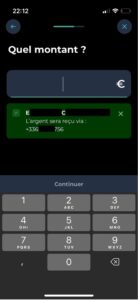
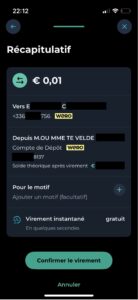
- Confirmation Step
A confirmation screen appeared, showing the recipient’s name, phone number, and amount. The bank clearly stated it’s an instant payment and free of charge. A final confirmation for security and it’s done.
The complete flow:
- Choose the Wero option
- Select a name from the address book
- Type amount
- Confirm
- Final confirmation
- Post-Transaction Overview
In our bank-app ledger, the entry shows: “VIR INST WERO vers…” with date, time, amount, contact name, and transaction reference. The flow is fully embedded and integrated as a normal instant payment in our bank app.
- Receiving a Transaction
Receiving is equally simple. Bank notifications showed us immediately that we’d received a Wero transaction. From Wero’s documentation: transfers happen in under 10 seconds. Our ledger immediately showed the received transaction with all details.
- Implicit Trust and Minimal Friction
No IBAN needed, no separate app to download. The sender enters a phone number and amount, the receiver gets money instantly. The entire process is intuitive.
Why This Matters for Payments Experts
✅ Embedded Bank-App Experience
Wero is embedded in the bank app. The bank remains central—not a third-party wallet, increasing user friction.
✅ Instant Account-to-Account via Phone Number
Sending via phone number (instead of IBAN) is a major convenience win. This signals that IBAN-first flows are under pressure. Simpler identification methods are preferred.
✅ Speed = Expectation
Instant settlement raises user expectations. With Instant Payments regulations active in Europe, consumers will expect immediate settlement as standard.
✅ Platform for Value-Added Services
Although Wero is currently P2P, the roadmap includes merchant payments, subscriptions, and more. Banks and PSPs must think beyond pure value transfer to ecosystem services: e-commerce checkout, loyalty, BNPL, etc.
✅ European Sovereignty
Wero is backed by European banks and rails, carrying a message of “More European control”. The question is whether this can be a real differentiator for merchants and PSPs operating in Europe.
⚠️ Things to Watch
- Network effect: Both parties must be on supported banks and geographies. The network is still building.
- Limited use-cases: Currently P2P focused. E-commerce launching soon, POS and cross-border still developing.
- Bank-to-bank variance: User education and UI may vary by institution.
- Fraud and risk: Identity and account linkage risks remain; banks must build appropriate controls.
- Monetization: If payment flows are low or zero-fee, value must be captured via adjacent services.
Strategic Recommendations
- Audit readiness: Assess account linking capabilities, UI/UX flows, instant settlement rails, fraud/risk controls, and reconciliation systems.
- User journey mapping: Compare phone-number flows versus traditional IBAN journeys. Identify where friction drops and data capture changes.
- Service-layer design: Consider add-ons like “split the bill,” payment request reminders, micro-payments, and cross-border transfers.
- Roadmap alignment: Treat Wero as a platform entry point for merchant checkout, subscriptions, loyalty, and BNPL.
- Competitive differentiation: Incorporate “instant phone-number pay” as a UX advantage. For banks: communicate European standard support to build trust.
- Data and analytics: Gather insights on contacts, usage frequency, and peer networks for segmentation and product design.
- Cost and pricing review: With instant account-to-account via SEPA Instant, pricing pressure is high. Adjust business models accordingly.
What This Means for Payments
This hands-on experience with Wero demonstrated that the vision is alive: instant, phone-number-based transfers embedded in a bank environment with minimal friction and high speed.
For payments professionals, this is a “proof point” of how modern P2P flows should look—and a signal of where we’re heading: a world where the bank app is the digital interaction hub, the phone number becomes the address, and value-added services ride on top of the rails.
Want to learn about what we can do to make your payment flow seamless? Contact us today.


